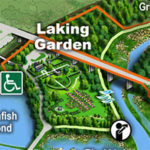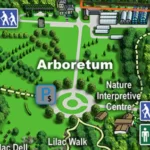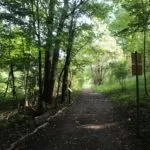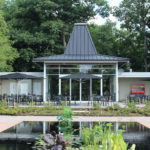| Membership | Price (+HST) |
|---|---|
| Single | $85/year |
| Single Plus | $120/year |
| Family | $130/year |
| Family Plus | $175/year |
| Contributing | $300/year |
| Supporting | $600/year |
| Sustaining | $1,000/year |
| Benefactor's Circle | $2,500/year |
| Director's Circle | $5,000/year |
| President's Circle | $10,000/year |
Lilacs: What’s in a Name?
By Alex Henderson, Curator of Collections, Royal Botanical Gardens
The lilac collection has reached peak bloom perfectly in time for the reopening of the Arboretum. After being in self isolation for so long what could be more enticing than a trip to smell the heady fragrance of lilacs (scientific name Syringa) and marvel at this wonder of the natural world. As you walk around selecting your favourites and fragrance testing them take a moment to look at the plant labels. You will notice each lilac has its own unique, individual name selected by the person who hybridised and selected the lilac to become commercially available. Below are a few examples of interesting lilac names and brief information about the lilac hybridizer that adds even more interest and context to these plants

Syringa vulgaris ’McMaster Centennial’ was first hybridised in 1975. It is notable as RBG’s introduction to the world of lilacs thanks to the hybridization efforts of Joan Brown, RBG’s plant breeder at this time. It was introduced commercially to celebrate the centenary of McMaster University in 1887. The flowers are a spectacular double white with a pleasing fragrance.

Syringa vulgaris ‘De Saussure’ is a 1903 introduction by Victor Lemoine (1823-1911) who began hybridising lilacs in 1849 in Nancy, France. The Cultivar ‘De Saussure’ is named for Horace Benédict de Saussure (1740-1799), who was a Swiss physicist and geologist. It is considered to be a particularly fine double purple flowered lilac. A great tip for purple lilacs is to plant them where they will receive shade from the hottest afternoon for a few hours as this helps the flowers to retain the purple pigments for a longer time instead of fading in the sun.

Syringa pubescens subsp. microphylla ‘George Eastman’ is a 1978 introduction by Richard Fenicchia (1908-1997) who was a lilac hybridizer at Rochester Parks, New York. It has single pink flowers and is described as being more lavender than pink with arching branches and is very fine species cultivar which needs room to grow. It was named for George Eastman (1854-1932), American inventor and philanthropist and founder the Eastman Kodak Co. It is worth noting in this picture that lilac buds are often darker then than the open flowers giving even more ornamental value to these beloved shrubs.

Syringa ‘MORjos 060F’ (sold as JOSÉE) is a 1974 introduction by Françisque Morel (1849-1925) in Lyon, France which is a superior lilac with single lilac pink flowers and which recently has been used in many hybridisation attempts, especially in Japanese lilac breeding trials. This cultivar is interesting as it is one of only a few lilac cultivars (29in total) given a trade designation (JOSÉE) in addition to its cultivar name (‘MORjos 060F). Trade designations are used to market plants when the original cultivar names are considered unsuitable for marketing purposes. Under the rules of The International Code of Nomenclature for Cultivated Plants (ICNCP) trade designations are not true plant names.
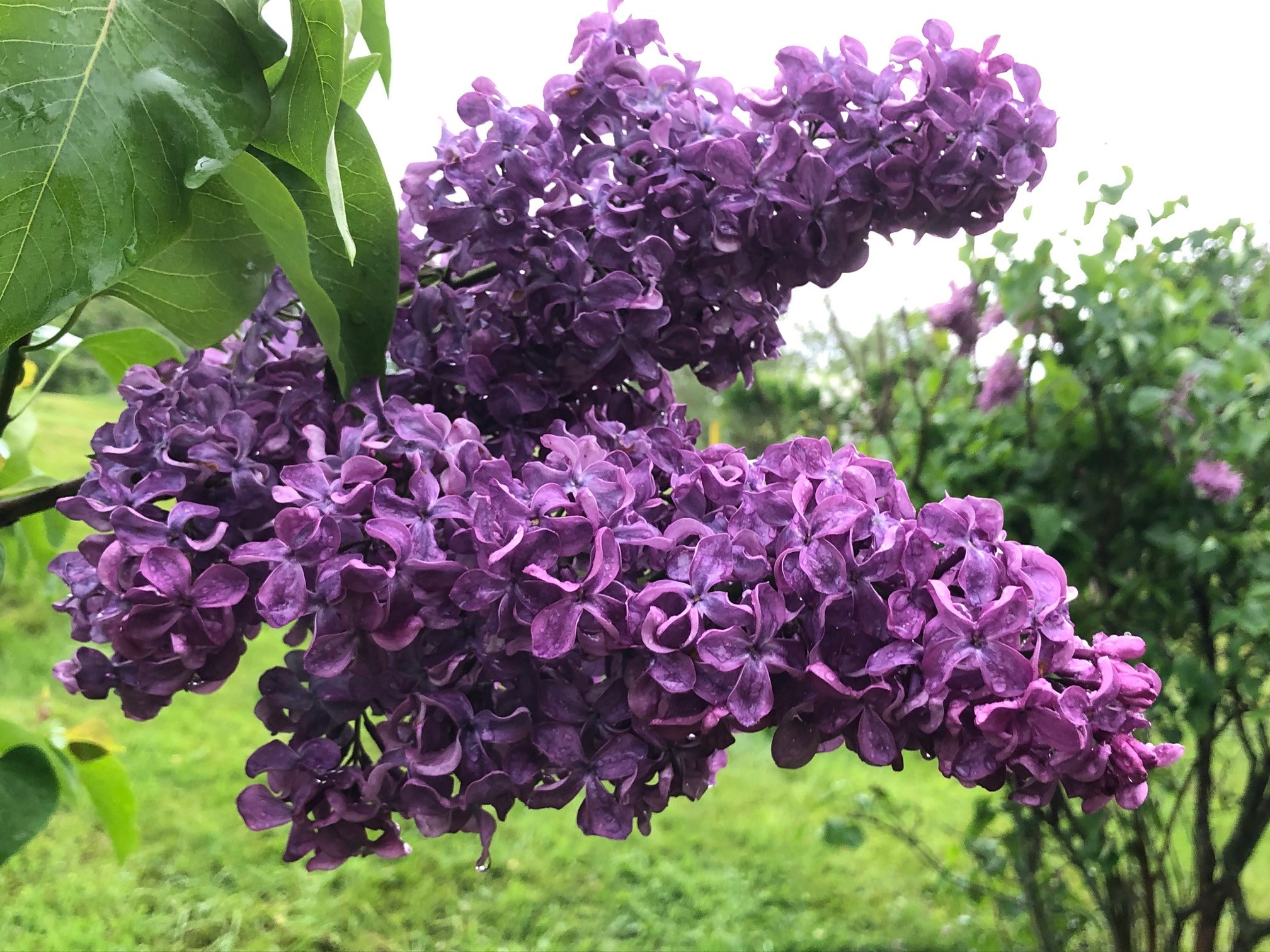
Syringa vulgaris ‘Pamyati A. T. Smol’skoi’ is a1964 introduction of Nikolai Vladislavovich Smol’skiĭ and Fedorovna Bibikova of the Central Botanical Garden in Minsk, Belarus. It is the offspring of two German lilacs S. vulgaris ‘Andenken an Ludwig Späth and S. vulgaris ‘Hyazinthenflieder’. This is a lilac with a truly international pedigree and is named in commemoration of the mother of one of the originators of this cultivar. It has particularly fine flowers that are single and lilac in colour.

Some lilacs are in a colour class all their own and perhaps none more so than Syringa vulgaris ‘Sensation’ which is the first ever lilac selection to have bicoloured flowers. Introduced in 1938 by Dirk Eveleens Maarse (1881-1975) in the Netherlands this lilac simply takes its name from the sensational nature of the bicoloured flowers which are single and deep purple with white edges. Periodically individual flowers will revert to being all white which adds extra interest and surprise when observing individual florets within the overall flower. This can be seen in the picture towards the very bottom left! This plant is stunning in every single way and is a must for any serious lilac collector.
More about Lilacs at RBG
More from the RBG Blog
Check out RBG’s blog for announcements, articles, and more from Canada’s largest botanical garden.
Want to be sure you hear first? Sign up for our weekly e-newsletter to hear about upcoming events, weekend activities, articles, and more!




